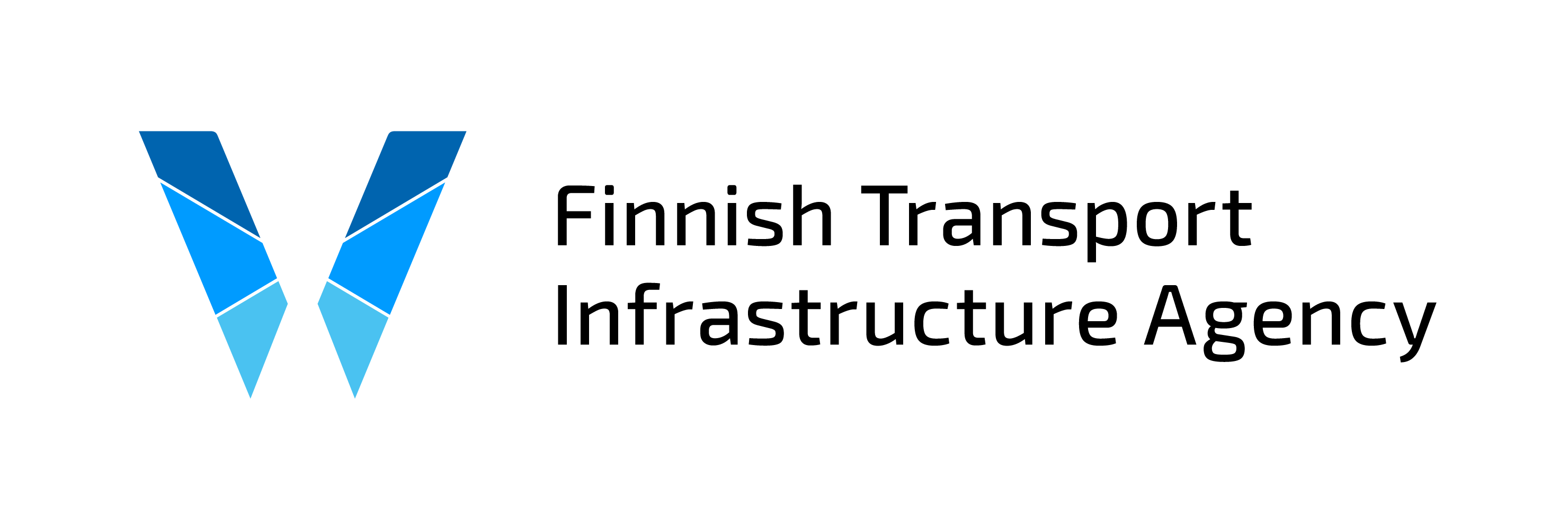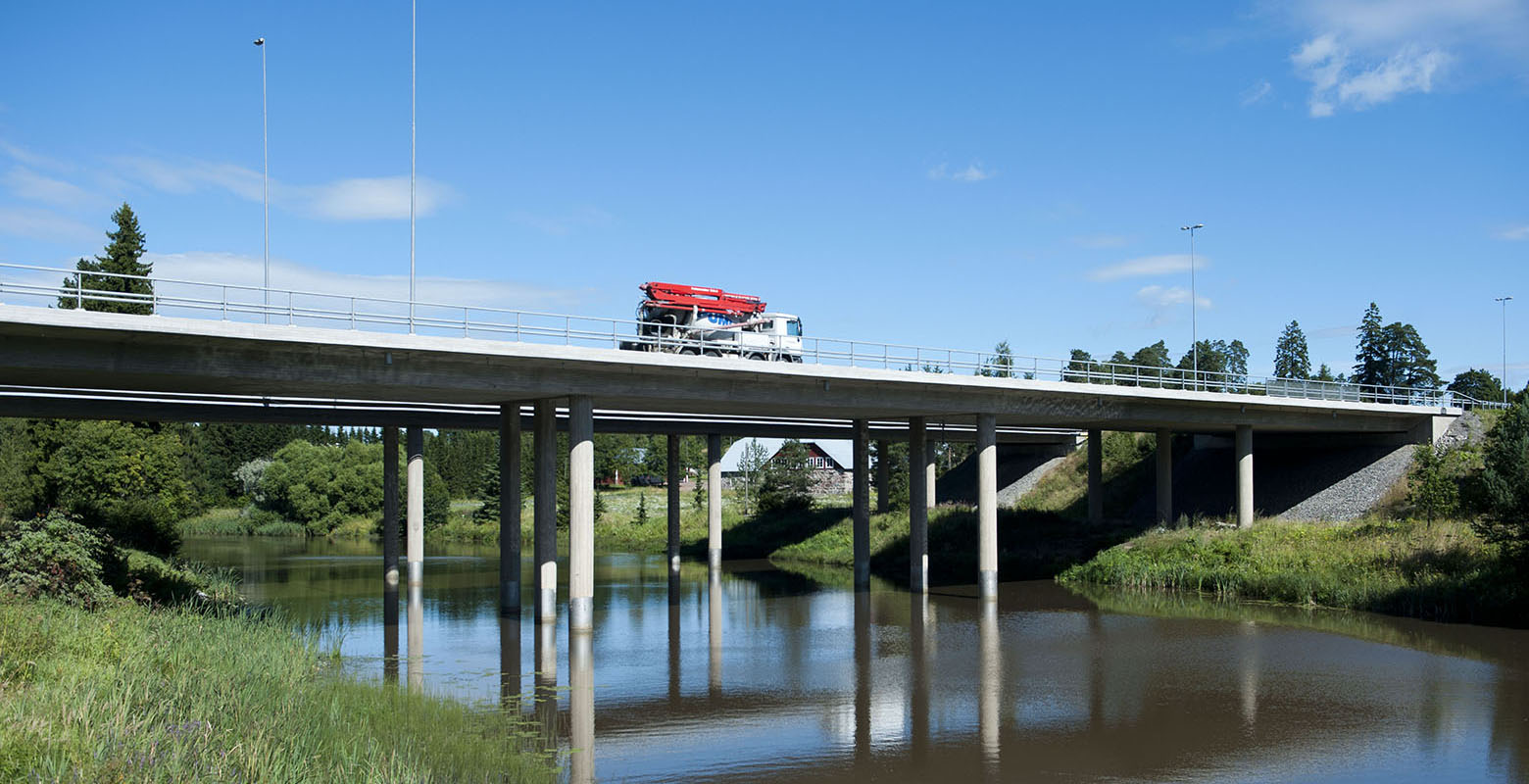The focus of significant projects that were awarded funding in the government spending limits discussion is now on Inland Finland. This is a logical step now that the E18 motorway from Turku to Vaalimaa is very near completion. The Kallansillat bridge project, completed about five years ago, is the most recent major traffic artery project outside the coastal provinces. The next major construction will take place in South Savo, on Highway 5 in the Mikkeli–Juva section. The 37-kilometre section of the road to be constructed is part of the trans-European network (TEN), but with just two lanes it currently represents a safety risk. The purpose of the project is to build a four-lane road with a median divider, while leaving the existing section of the highway to serve as a parallel road. The cost estimate for the project is EUR 121 million.
“This is an extremely important project because Highway 5 is the main connection between southern Finland, South and North Savo, and Kainuu, serving both passenger transport and the region's trade and industry. The project will enable land use development in Visulahti and create the conditions for a premium mass transit corridor between Mikkeli and Juva,” Rami Metsäpelto explains.
He considers the Lahti southern bypass, which is part of Highway 12 and which also received budget funding, to be equally important. According to statistics, this section of the road is the most dangerous in southern Finland, and has insufficient capacity. Because the road is frequently used by heavy traffic, including vehicles transporting dangerous goods, insufficient capacity also has an indirect impact on safety. The third factor underlining the importance of the project is the reduction of noise and emissions in central Lahti following the completion of the road section on the new ring road, which will be used for most of the through traffic. Project construction will begin in 2017 at the earliest. The principles of total cost allocation between the State and municipalities were agreed on last autumn. The combined cost allocated to Lahti and Hollola is EUR 77 million.
Similar impacts and principles apply to the Oulu–Kemi section of Highway 4 as the Lahti southern bypass. This section of Highway 4, which forms part of the international TEN-T core network, is currently congested and causing problems for both passenger traffic and industrial and commercial logistics. The estimated cost of the project is EUR 155 million, with the Finnish government accounting for EUR 125 million and Oulu and Kempele for the remaining EUR 30 million.

